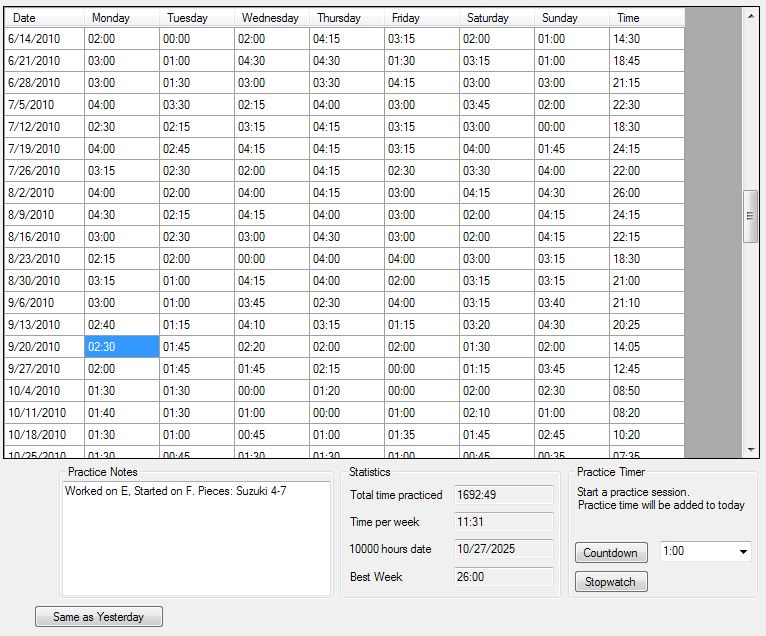I am starting development of a tool that will track the price of items at Amazon.com. I will build a wishlist of items and the program will check the price of each item daily. It will let me know if the item is on sale and what the current discount is.
There are tools online for doing the same thing, but I’d rather not enter my wishlist into a website and I’d rather not get more email.
Since the program is for my own use, I’ll add items to the tracker by going to Amazon.com, finding the item, and then entering the ASIN into the program.
The program will use Amazon’s Product API to get a bit of product information and the current price.
I am going to write this program in C#. I will be able to re-use quite a bit of code from my MediaDB application which also uses the Amazon Product API.






